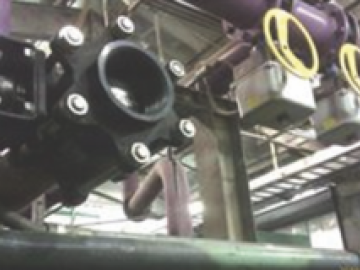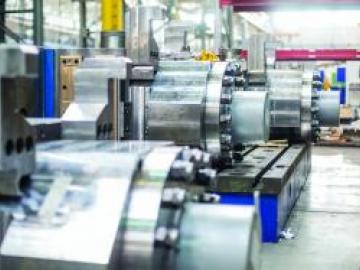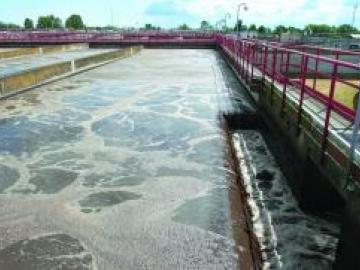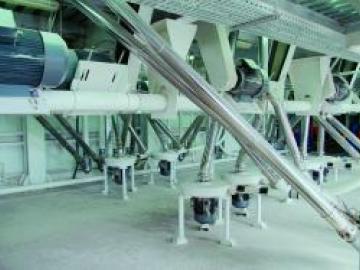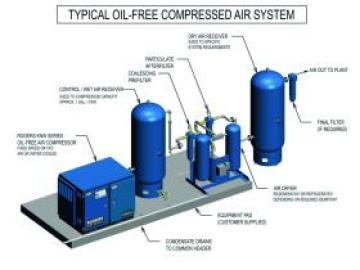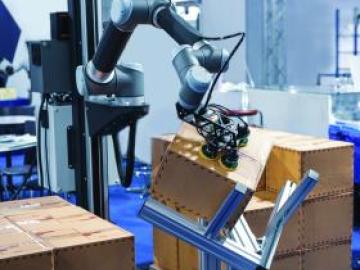Measuring Blower Airflow Rates with Calibrated Ammeters
One definition of “calibrate” is “to determine, rectify, or mark the graduations of something”. An ammeter is an instrument for measuring electric current. Therefore the simple definition of a calibrated ammeter is a current measuring device marked with units of measure, presumably amperes. In the blower industry, however, the term has developed a specific meaning. A calibrated ammeter is an instrument that measures a blower motor’s current draw and converts the measurement to a display of blower airflow rate.
